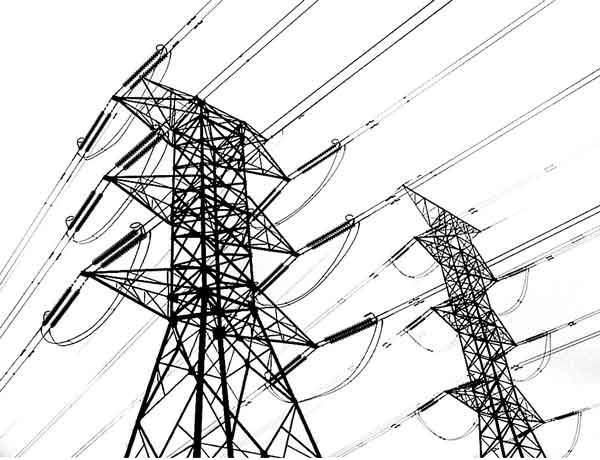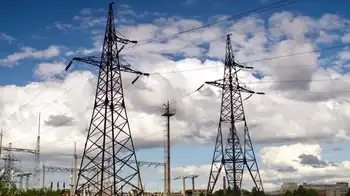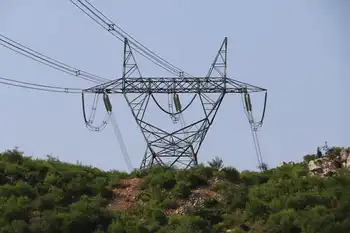Almost $188 million paid for unused power
By Hartford Courant
CSA Z463 Electrical Maintenance
Our customized live online or in‑person group training can be delivered to your staff at your location.

- Live Online
- 6 hours Instructor-led
- Group Training Available
The money was paid to generators in New England, Canada and New York for more than two years. Grid operator ISO New England described the payments, created as part of a 2006 court agreement, as an "insurance policy" that would ensure the region had enough electricity-producing capacity at all times.
But the region hasn't needed all the power capacity it paid for, partly because of fewer extremely hot days and an increase in the number of businesses willing to generate their own power or reduce use at times of peak demand.
As a result, New England electricity customers have, since July 2007, paid generators for 4,566 megawatts of capacity they never needed. This "capacity surplus" was reported by ISO New England in a filing with federal regulators.
The capacity payments have been criticized by Connecticut Attorney General Richard Blumenthal, who called them "unnecessary and wasteful."
Critics have particularly focused on payments made to out-of-region suppliers they said set excessive prices for power on demand. ISO New England reported in March that it had paid nearly $86 million as of January to power suppliers in Canada and New York to guarantee delivery if called on. It also said — incorrectly as it later turned out — that the companies failed to deliver power when called upon 108 times between December 2006 and January 2009.
ISO made the allegation in a filing with the Federal Energy Regulatory Commission to support proposed market rule changes that would require out-of-region generators to offer competitive prices. ISO claimed that suppliers were being paid for capacity but offering electricity at very high prices.
While agreeing that the rules need to be changed, Connecticut officials were outraged at the scope of the payments and criticized ISO for failing to reveal the legal flaw sooner. They demanded return of the $86 million.
Blumenthal, Gov. M. Jodi Rell, state Consumer Counsel Mary Healey and the state Department of Public Utility Control have all asked that FERC investigate the payments.
"This whole catastrophic waste of ratepayer money is simply more evidence that the present system is dysfunctional," Blumenthal said. "However it's sliced and diced, these generators were paid to do nothing."
ISO further angered Connecticut officials last month when it retracted statements in the FERC filing, saying it had made a mistake and that the generators who collected $86 million were never called on to deliver electricity those 108 times.
State officials are now asking the U.S. Department of Justice to investigate the out-of-region power companies and ISO New England for possible criminal violations.
Rell said that she believes the power companies deliberately overpriced their power so that they would never be called on to supply it and that ISO New England "either knew of this scheme and failed to act, or negligently overlooked this sham."
ISO has defended the capacity payments as legal and necessary, both to ensure that the region's power needs are met and to encourage construction of more power generation.
It pointed out that since June 2004, the number of companies generating their own power or reducing demand when called upon has increased considerably, from 271 megawatts to 2,071 megwatts.











